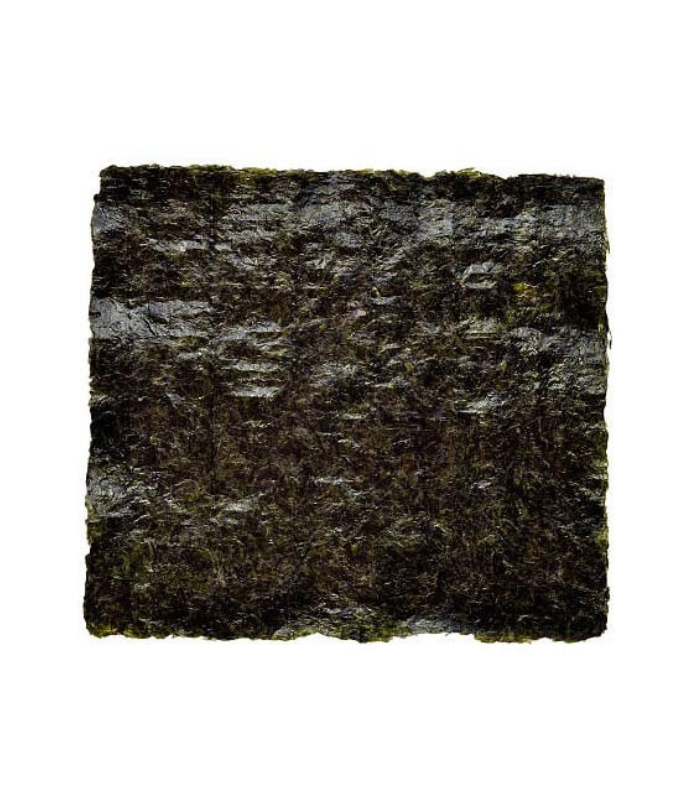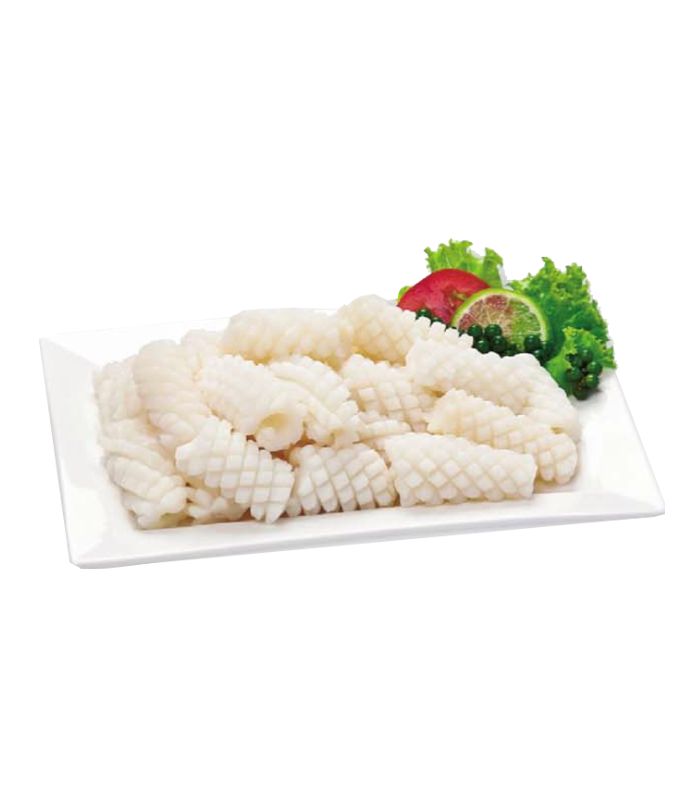Menu
Seafood
Seafood
Frozen Seared Bonito
52,50$400gFrozen Seared Bonito, or Katsuo Tataki in Japanese cuisine, is a popular seafood delicacy that is highly prized for its rich, smoky flavor and meaty texture. This dish is prepared by searing the bonito fish fillets over high heat until the outer layer is caramelized while the inside remains raw. The fillets are then quickly chilled and frozen to preserve their texture and flavor. The texture of frozen seared bonito is firm and meaty, with a rich and savory taste that is often described as being similar to beef. The searing process helps to lock in the natural oils and flavors of the fish, giving it a unique and intense taste. Overall, frozen seared bonito (Katsuo Tataki) is a delicious and unique seafood delicacy that is enjoyed by seafood lovers as Its rich and meaty flavor and firm texture make it a versatile ingredient that can be used in a variety of dishes, and its nutritious qualities make it a healthy and delicious addition to any mealFrozen Scallop
58,00$1KgFrozen no shell scallops are a popular seafood item that are harvested from the ocean and then quickly frozen to maintain their freshness and quality. The scallops are sold without their shells, which makes them easy to prepare and cook. Frozen no shell scallops are a creamy white color with a round shape. They have a firm texture and a sweet, delicate flavor that is often described as slightly nutty or buttery. Overall, frozen no shell scallops are a delicious and nutritious seafood option that can add flavor and texture to a variety of dishes. Their sweet flavor, firm texture, and versatility make them a popular choice for seafood enthusiasts and home cooks alikeDaily Need
Daily Needs
 Header menu Beverages
Header menu Beverages
Seafood
Hibiki Blender’s Choice
290,00$700mlHibiki Blender's Choice is a premium blended Japanese whisky that has gained a reputation as one of the finest whiskies in the world. The blend is created by Suntory's chief blender, Shinji Fukuyo, who combines a variety of malt and grain whiskies from the company's Yamazaki, Hakushu, and Chita distilleries to create a harmonious and complex flavor profile. The smell of Hibiki Blender's Choice is complex and layered, with notes of honey, orange peel, and dried fruits. On the palate, the whisky is smooth and velvety, with flavors of caramel, vanilla, and spice. The finish is long and lingering, with a subtle smokiness that adds depth to the overall experience. Hibiki Blender's Choice is a whisky that embodies the Japanese philosophy of balance and harmony. It has won numerous awards and accolades for its exceptional quality and is highly sought after by whisky enthusiasts around the worldHibiki Japanese Harmony
183,00$700mlHibiki Whisky 21 Years
1.540,00$700mlBronze amber in color, Suntory Hibiki 21 Year Old is amazingly balanced and tenderly unfolding a calm essence of sandalwood, honeycomb, caramelized nuts, ripe banana and rich sherry spice. The rich and complex palate offers notes of cooked fruit, dried apricot, dark cherry, caramel, spice and Mizunara. Hints of incense and smoke lingers through the long, structured finish. Suntory Whisky Hibiki 21 Years Old was honored with the top Trophy award in the Japanese Whisky category at the 21st International Spirits Challenge (ISC) 2016 held in London. Hibiki 21 Years Old took the Trophy award as a particularly outstanding product in this category. This marks the 4th consecutive year that Hibiki 21 Years Old has won the Trophy. It further cements Suntory’s reputation for the high quality of our malt whisky and grain whisky as well as our excellent blending techniques Header menu Ingredients
Header menu Ingredients
Seafood
Dried Seaweed For Soup
34,80$1KgKonbu is one of the main basic dashi ingredients. To make good stock, simply soak konbu in water, or heat gently in water and remove just before boiling. To make dashi konbu, kelp is washed with seawater and dried in the sun for one to two days. Konbu is rich in vitamins and minerals such as iodine. Konbu is also used in a variety of dishes such as nabe (hotpot), kobumaki (rolled konbu) and tsukudani (salted and sweetened preserved foods)













































